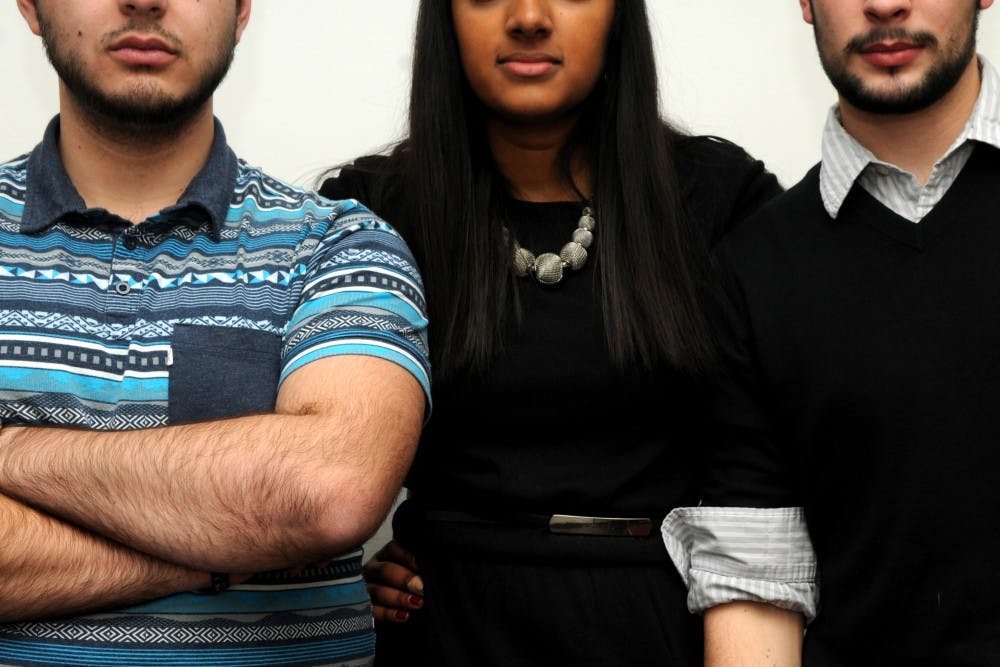Most people don’t think of mustaches when they hear about female underrepresentation in academia.
However, residents at Penn Medicin›e, Mackenzie Wehner and Kevin Nead knew such an unconventional juxtaposition had the potential to spread awareness of gender based disparities to wider audiences.
Their recent study, published in conjunction with University of California, San Francisco researchers Katerina Linos and Eleni Linos, looked at medical department heads at 50 medical schools across the United States with the highest funding from the National Institutes of Health.
Out of 1,018 department chairs, only 13 percent were female while 19 percent were mustachioed men. The institution with the highest female representation in leadership had 26 percent female department heads, while the institution with the lowest had merely 19 percent. Such statistics are especially disheartening considering that for the last 15 years almost half of American medical students have consistently been female, according to the study.
 “The kind of idea that based on your gender you might be at an advantage or disadvantage in promotions ... in academia has been shown a lot before, but we had the discussion of what we could do to raise the awareness of this a little bit,” Nead, a radiation oncology resident, said. “Our thought was that it’s likely that some relatively humorous characteristic of [department] chairs may be rare, but still more common than a female chair. We thought that this might be something people take a little bit more notice of.”
“The kind of idea that based on your gender you might be at an advantage or disadvantage in promotions ... in academia has been shown a lot before, but we had the discussion of what we could do to raise the awareness of this a little bit,” Nead, a radiation oncology resident, said. “Our thought was that it’s likely that some relatively humorous characteristic of [department] chairs may be rare, but still more common than a female chair. We thought that this might be something people take a little bit more notice of.”
Such a strategy had the desired effect with national publications like NBC News reporting on the study, giving the issue more widespread coverage. This inequity is particularly stagnant because of the public’s misconceptions about the extent of the gender gap in medical schools.
“If you look at medicine and look at people’s likelihood to be promoted into leadership positions, even when you adjust for people’s age, productivity and funding, women are still at a disadvantage,” Nead said. “Our biggest goal was to have people talk about it, people who maybe don’t realize there’s this differential in gender that’s been there forever.”
However, aside from the issue of equity, such disparities also have fiscal consequences for the institutions.
“There are some data to show that when you have more diversity and gender balance in leadership within business, that those companies actually tend to do a little bit better,” Nead noted.
It isn’t only more experienced researchers that see the magnitude of the issue and its injurious effects. Second-year medical student Nicky Singh found the results of the study to be in line with his observations of medical academia, but nevertheless was perplexed by the existence of such inequity in this day and age.
“Medical students and even female premeds need these role models or someone who could be a mentor for them. Having other women in medicine who are leaders provides sort of this pathway, someone who you can talk to,” Singh said. “When you see people like that ... you can see yourself better able to become that person. It seems more real.”
When asked about the future of the proportion of mustachioed men to women in medical leadership at these institutions, Singh was hopeful that the gap would close.
“I do think it’s getting better, but not passively. It’s because of people who are willing to take on the charge.”









